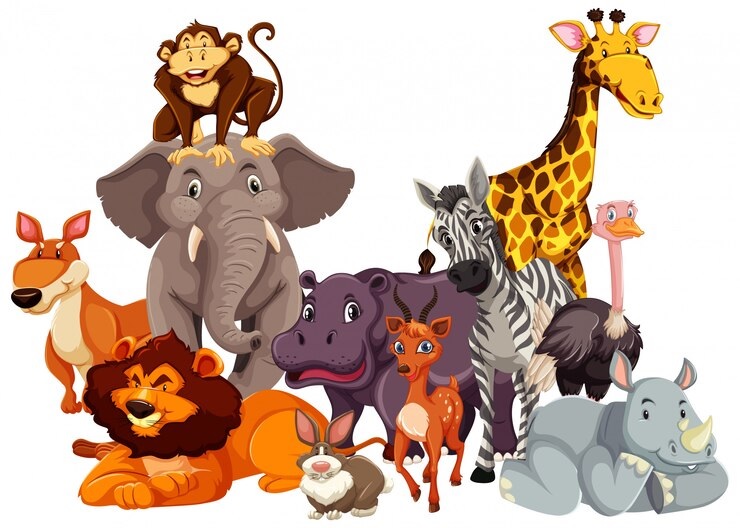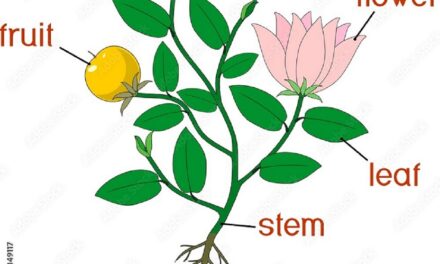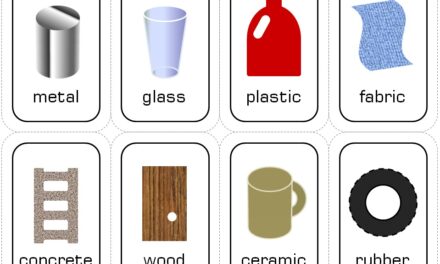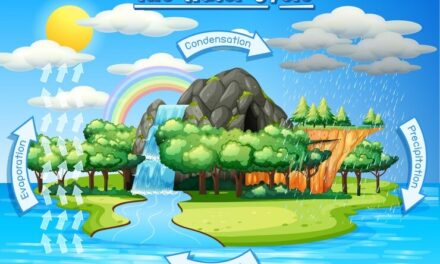Animals come in many shapes and sizes, and each type has its own unique characteristics. Today, we will explore different kinds of animals and learn what makes each group special. We’ll dive into the fascinating worlds of fish, insects, amphibians, reptiles, birds, and mammals.
Fish
Fish are amazing creatures that live in water. They are some of the earliest animals on Earth and have been around for millions of years.
Characteristics of Fish
– Gills: Fish have gills that allow them to breathe underwater. Gills extract oxygen from the water.
– Fins: Fish use fins to swim and steer through the water. Most fish have several fins, including dorsal fins on their backs, pectoral fins on their sides, and caudal fins (tail fins) for propulsion.
– Scales: Fish are covered in scales that protect their bodies and help them move smoothly through the water.
– Cold-Blooded: Fish are cold-blooded, meaning their body temperature changes with the temperature of their environment.
Examples of Fish
– Goldfish: Small, colorful fish often kept in aquariums.
– Salmon: Known for its long migrations and delicious taste.
– Shark: A large, powerful fish with a streamlined body and sharp teeth.
Insects
Insects are the most numerous animals on Earth. They can be found almost everywhere, from gardens to forests to your own home.
Characteristics of Insects
– Three Body Parts: Insects have three main body parts: the head, the thorax (middle section), and the abdomen (rear section).
– Six Legs: All insects have six legs, which are attached to the thorax.
– Exoskeleton: Insects have a hard outer shell called an exoskeleton that protects their bodies.
– Antennae: Most insects have antennae on their heads that they use to sense their surroundings.
Examples of Insects
– Butterfly: Known for its beautiful wings and colorful patterns.
– Ant: A small, hardworking insect that lives in colonies.
– Ladybug: Recognizable by its red body with black spots and helpful in controlling garden pests.
Amphibians
Amphibians are unique animals that live both in water and on land. They have fascinating life cycles and can be found in many different environments.
Characteristics of Amphibians
– Dual Life: Amphibians start their life in water as larvae and later move to land as adults. For example, tadpoles transform into frogs.
– Moist Skin: Amphibians have moist, slimy skin that helps them breathe and stay hydrated. They can absorb oxygen through their skin as well as their lungs.
– Cold-Blooded: Like fish, amphibians are cold-blooded and their body temperature changes with their surroundings.
Examples of Amphibians
– Frog: Known for its jumping ability and croaking sound.
– Salamander: A lizard-like amphibian with a long body and tail.
– Newt: Similar to salamanders but often with bright colors.

The largest fish in the world is the whale shark. Despite its huge size, it is gentle and feeds mostly on plankton!
Some insects, like the praying mantis, can turn their heads 180 degrees to look behind them!
Some frogs can change color to blend in with their surroundings, helping them avoid predators!
Some lizards can lose their tails to escape predators, and then grow a new one!
The fastest bird in the world is the peregrine falcon, which can dive at speeds over 200 miles per hour!
A blue whale is the largest animal ever known to have lived on Earth, weighing as much as 33 elephants!
Reptiles
Reptiles are cold-blooded animals with dry, scaly skin. They are well-adapted to life on land and can be found in many different habitats.
Characteristics of Reptiles
– Scales: Reptiles have scales that protect their bodies and help prevent water loss.
– Cold-Blooded: Reptiles rely on external heat sources to regulate their body temperature.
– Eggs: Most reptiles lay eggs with hard shells to protect their developing young.
Examples of Reptiles
– Snake: A legless reptile that slithers and uses its tongue to sense its environment.
– Lizard: A small reptile with legs and a long tail, often found basking in the sun.
– Turtle: A reptile with a hard shell that protects its body and can live both on land and in water.
Birds
Birds are warm-blooded animals known for their feathers, beaks, and ability to fly. They come in many shapes and sizes, from tiny hummingbirds to large eagles.
Characteristics of Birds
– Feathers: Birds have feathers that help them fly, keep them warm, and attract mates.
– Beaks: Birds have beaks instead of teeth, which they use to eat different types of food.
– Hollow Bones: Birds have lightweight, hollow bones that make flying easier.
– Eggs: Birds lay eggs with hard shells that protect the developing chicks.
Examples of Birds
– Eagle: A powerful bird of prey with excellent eyesight.
– Penguin: A flightless bird that swims and lives in cold environments.
– Parrot: Known for its bright colors and ability to mimic sounds.
Mammals
Mammals are warm-blooded animals that have fur or hair and give birth to live young. They are known for their ability to care for their babies with milk produced by mammary glands.
Characteristics of Mammals
– Hair or Fur: Mammals have hair or fur on their bodies that helps keep them warm.
– Warm-Blooded: Mammals maintain a constant body temperature regardless of the environment.
– Mammary Glands: Female mammals have mammary glands that produce milk to feed their young.
– Live Birth: Most mammals give birth to live young, although there are exceptions like monotremes (platypus and echidna) that lay eggs.
Examples of Mammals
– Lion: A large, carnivorous mammal known as the “king of the jungle.”
– Elephant: The largest land mammal with a trunk and tusks.
– Dolphin: A highly intelligent aquatic mammal known for its playful behavior.
The worksheet covers the following topics-
Fish
Insect
Amphibians
Reptiles
Birds
Mammals

















